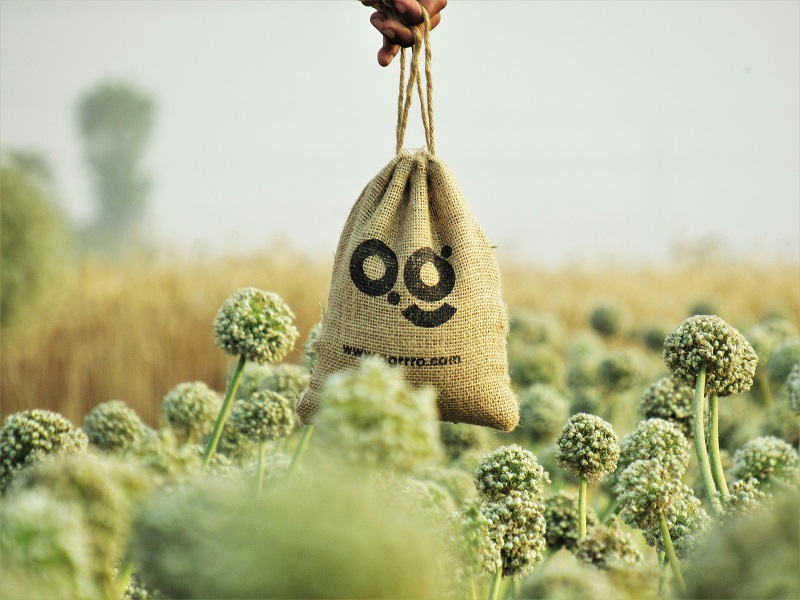For a few decades, single-use plastic bags were the dominant choice for carrying purchases after shopping at retailers. However, the rising popularity of the bag for life is a result of sustainability practices that have a positive influence on human life and ecology. Both individuals and businesses can benefit greatly from these reusable bags.
Importantly, a bag for life can be made from a variety of materials and display marketing images and text. We will examine the qualities, advantages, and disadvantages of the two most popular materials used to make a bag for life in this article.
A Jute Bag for Life
Jute’s resilience, versatility, and stylish natural look make it an excellent material for a bag for life. These qualities enable shoppers to fulfil their shared objectives of using environmentally beneficial reusable bags while not compromising on style, durability, or usefulness.
Jute, which is sometimes known as burlap or hessian, has several qualities including remarkable strength and durability, biodegradability, and quick growth with minimal environmental impact. It is also affordable, breathable, antimicrobial, and adaptable. For companies that value an environmentally conscious promotional item that serves as a walking billboard, a jute bag for life can be the perfect shopping bag for loyal customers.
Jute has some drawbacks including a rough texture, a limited colour range, and a lack of total waterproofing. A jute bag for life is nonetheless useful and the best option in some situations despite these drawbacks. When it comes to reusable grocery bags, eco-friendly shopping bags, branded or promotional bags, farmers’ market bags, and gift bags, jute is the best material. To reduce potential drawbacks and enhance its functionality, laminating and softening methods can be used.
A Cotton Bag for Life
Cotton is one of the most widely used materials for a bag for life due to its durability, sustainability, and natural appeal. Sustainable cotton is usually classified as either organic or recycled. Organic cotton is produced without genetic modification, synthetic pesticides, or herbicides. On the other hand, post-industrial and post-consumer cotton waste such as leftover fabric, used clothing, or textile scraps are used to make recycled cotton. Compared to conventional cotton, organic cotton is a healthier and more sustainable choice.
Because of certain characteristics, recycled and organic cotton are both excellent choices for a bag for life. Durability, sustainability, softness and comfort, adaptability, and style are characteristics of organic cotton that make it perfect. It is a popular material used to make reusable bags despite its greater production costs and water usage concerns. Recycled cotton is one of the best materials for recycled bags because of its excellent strength and durability, minimal water and energy consumption, reduced textile waste, and environmental friendliness. Its only drawbacks are limited availability and inconsistent quality.
Final Conclusions
We have investigated two typical materials used to make a bag for life. It is important to realise that there are numerous other kinds of materials to consider for promotional reusable shopping bags. Regardless of the material, a bag for life is a major improvement over a single-use plastic bag for any environmentally conscious business or shopper.




